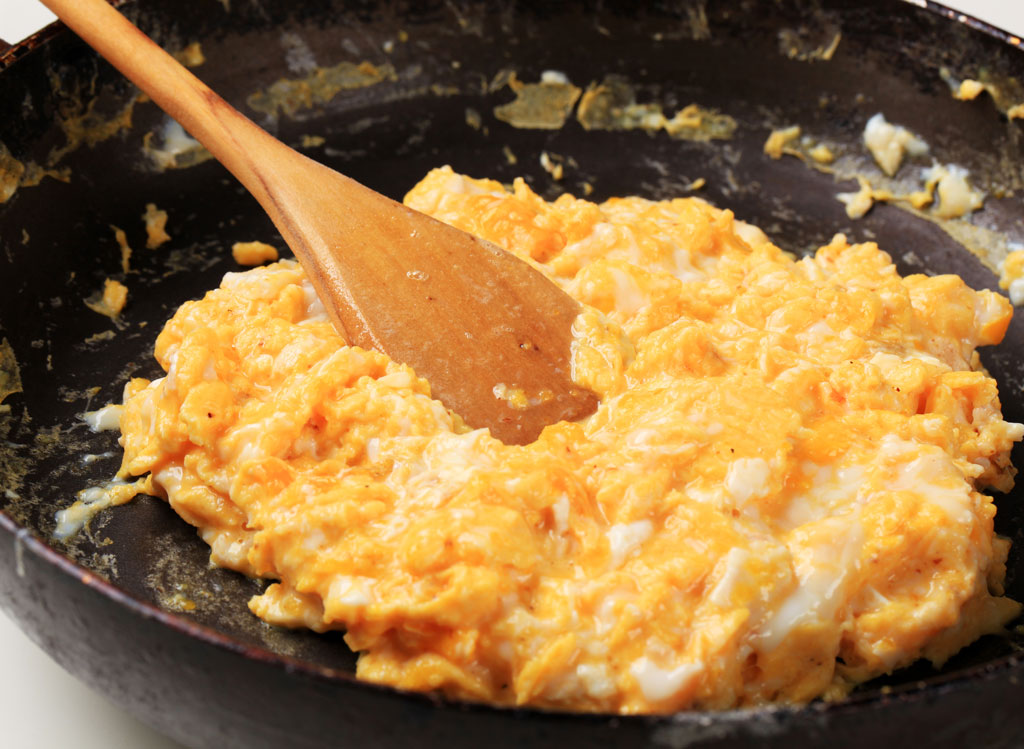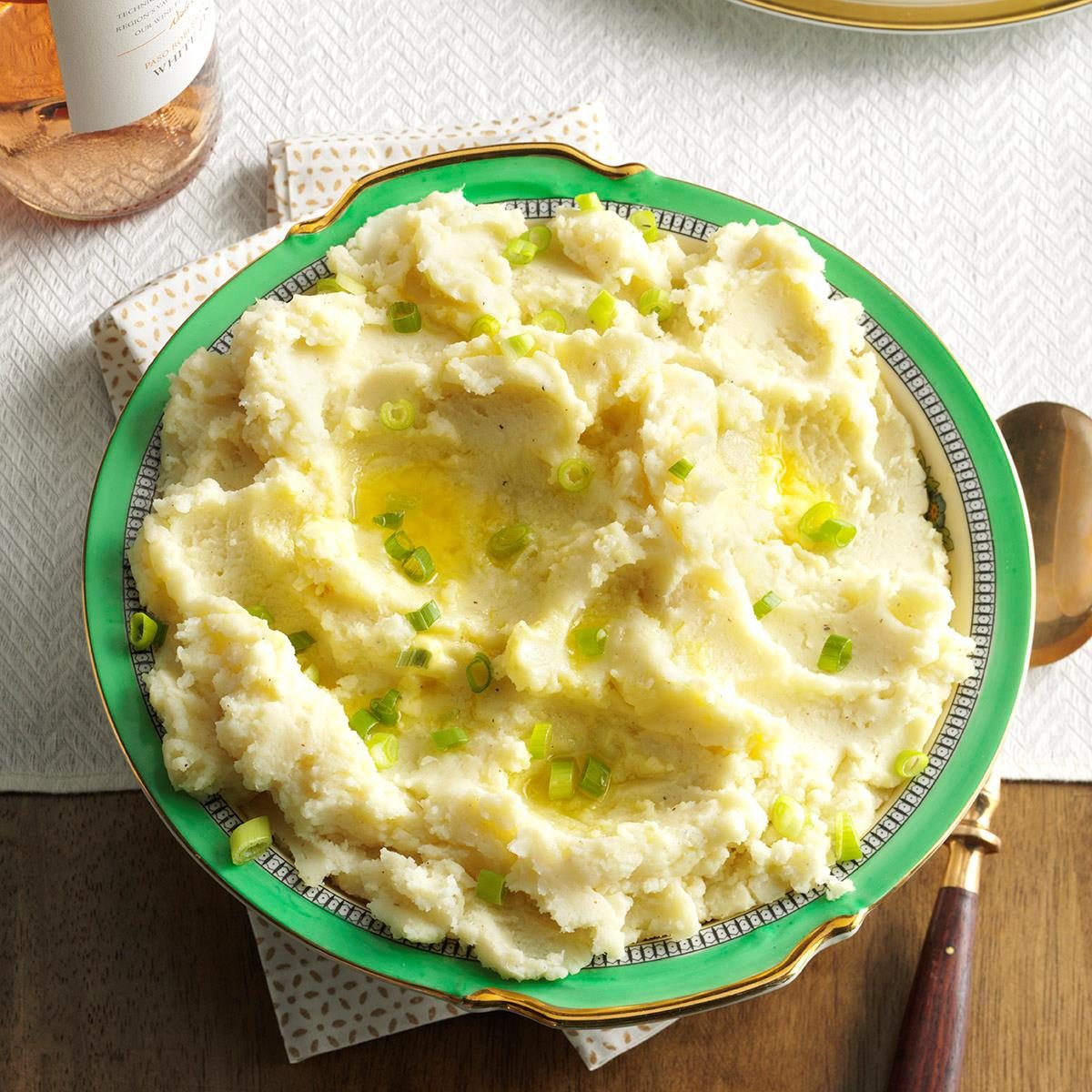Soft food recipes, a culinary symphony of taste and nourishment, embark on a gastronomic adventure that caters to specific dietary requirements and tantalizes taste buds. These delectable creations provide a palatable solution for individuals navigating conditions that necessitate a softer culinary approach, ensuring both culinary enjoyment and well-being.
Our comprehensive guide delves into the nuances of soft food diets, unraveling their purpose and benefits while exploring the diverse types that accommodate varying dietary needs. We present an array of delectable recipes tailored to breakfast, lunch, dinner, and snacks, meticulously crafted to deliver both flavor and nutritional sustenance.
Soft Food Diets
Soft food diets are specialized eating plans that consist of foods that are easy to chew and swallow. These diets are often recommended for people who have difficulty chewing or swallowing due to medical conditions, dental problems, or injuries.
Soft food diets can provide several benefits, including reducing pain and discomfort during eating, improving digestion, and preventing malnutrition. They can also help to protect the mouth and throat from further damage in cases of injury or surgery.
Conditions that may require a soft food diet
There are various conditions that may necessitate a soft food diet. These include:
- Dental problems, such as loose or missing teeth, gum disease, or recent dental surgery
- Oral surgery, such as jaw surgery or tongue surgery
- Head and neck cancer, which can affect the ability to chew and swallow
- Neurological disorders, such as Parkinson’s disease or multiple sclerosis, which can impair muscle function in the mouth and throat
- Esophageal disorders, such as esophageal stricture or achalasia, which can narrow or block the esophagus
- Gastrointestinal disorders, such as Crohn’s disease or ulcerative colitis, which can cause inflammation and pain in the digestive tract
Types of soft food diets
There are several types of soft food diets, depending on the individual’s needs and abilities. These include:
- Mechanical soft diet:This diet includes foods that are soft and easy to chew, such as cooked vegetables, mashed potatoes, yogurt, and soft fruits.
- Pureed diet:This diet consists of foods that have been pureed or blended until they are smooth and liquid. It is suitable for people who have difficulty chewing or swallowing solids.
- Liquid diet:This diet includes only liquids, such as clear broth, juice, and milk. It is typically used for a short period of time, such as before or after surgery.
Soft Food Recipes

Soft foods are easy to chew and swallow, making them ideal for people with dental issues, swallowing difficulties, or recovering from surgery. This table provides a variety of soft food recipes for breakfast, lunch, dinner, and snacks.
All recipes are designed to be easy to prepare and can be tailored to individual dietary needs and preferences.
Recipes
| Meal | Recipe Name | Ingredients | Instructions |
|---|---|---|---|
| Breakfast | Oatmeal with Berries | – 1 cup rolled oats
|
1. Combine oats and water or milk in a saucepan and bring to a boil. 2. Reduce heat to low, cover, and simmer for 5 minutes, or until oats are tender. 3. Stir in berries and sweetener, if desired. |
| Lunch | Creamy Tomato Soup | – 1 can (14.5 ounces) diced tomatoes
|
1. Combine tomatoes, broth, and cream in a blender and blend until smooth. 2. Pour the mixture into a saucepan and bring to a simmer. 3. Stir in Parmesan cheese, salt, and pepper. 4. Serve warm. |
| Dinner | Baked Cod with Lemon and Herbs | – 1 pound cod fillets
|
1. Preheat oven to 375°F (190°C). 2. Line a baking sheet with parchment paper. 3. Place the cod fillets on the prepared baking sheet. 4. In a small bowl, whisk together the lemon zest, lemon juice, olive oil, oregano, salt, and pepper. 5. Pour the marinade over the cod fillets and let stand for 15 minutes. 6. Bake for 15-20 minutes, or until the cod is cooked through. |
| Snack | Fruit Salad | – 1 cup strawberries, sliced
|
1. Combine all ingredients in a bowl. 2. Drizzle with honey or maple syrup, if desired. 3. Serve chilled. |
Soft Food Meal Planning: Soft Food Recipes

Planning meals on a soft food diet requires careful consideration to ensure adequate nutrition and hydration. Here’s a sample meal plan for a day on a soft food diet:
Breakfast
- Scrambled eggs with soft cheese
- Mashed banana with yogurt
- Oatmeal with applesauce
Lunch
- Creamy vegetable soup
- Soft tuna sandwich on white bread
- Baked potato with cottage cheese
Dinner
- Steamed fish with mashed potatoes
- Soft chicken stir-fry with rice
- Pasta with Alfredo sauce
Snacks
- Yogurt
- Fruit smoothies
- Soft-boiled eggs
To balance nutrients on a soft food diet, focus on incorporating protein, carbohydrates, and healthy fats into each meal. Choose lean protein sources such as fish, chicken, and tofu. Include whole-grain carbohydrates like oatmeal, white bread, and rice. Healthy fats can be obtained from avocado, olive oil, and nuts.
Adequate hydration is also crucial on a soft food diet. Aim to drink 8-10 glasses of water per day. Avoid sugary drinks and choose water, herbal teas, or electrolyte-rich beverages instead.
Tips for Preparing Soft Foods

Preparing soft foods at home can be a breeze with a few simple techniques. Whether you’re softening meats, vegetables, or fruits, there are several methods to achieve the desired texture.
Softening Meats
Slow Cooking
Slow cookers are a lifesaver for tenderizing meats. Cooking at a low temperature for an extended period breaks down the tough fibers, resulting in melt-in-your-mouth meat.
Marinating
Marinating meats in acidic liquids like lemon juice, vinegar, or buttermilk helps break down the proteins, making them more tender.
Mechanical Tenderizing
Using a meat mallet or tenderizer tool can physically break down the meat fibers, making it more tender.
Softening Vegetables
Boiling
Boiling vegetables is a classic method for softening them. Cooking them in a pot of boiling water until they reach the desired tenderness.
Steaming
Steaming vegetables preserves their nutrients while softening them gently. Use a steamer basket over a pot of boiling water or a microwave steamer.
Microwaving
Microwaving vegetables with a small amount of water can soften them quickly. Cover the vegetables loosely and cook on high power for a few minutes.
Softening Fruits, Soft food recipes
Ripe Fruits
Choosing ripe fruits naturally provides a softer texture.
Cooking
Cooking fruits in pies, cobblers, or compotes softens them and enhances their sweetness.
Puréeing
Puréeing fruits using a blender or food processor creates a smooth, soft consistency.
Kitchen Appliances for Soft Foods
Blenders
Blenders are excellent for creating smooth purées and soups. They can also be used to crush ice for soft drinks.
Food Processors
Food processors offer more versatility than blenders. They can chop, slice, shred, and purée a wide range of foods, including fruits, vegetables, and meats.
Slow Cookers
As mentioned earlier, slow cookers are ideal for tenderizing meats and vegetables with minimal effort.Remember, when preparing soft foods, always consider the individual’s dietary needs and preferences. Soft foods should be easy to chew and swallow, but they should also be nutritious and enjoyable to eat.
Soft Food Substitutions
Incorporating soft foods into your diet doesn’t have to be restrictive or flavorless. With careful substitutions, you can maintain nutritional value and taste while following a soft food diet.
The key to successful substitutions is understanding the different textures and flavors of foods. Here’s a table listing common foods and their soft food alternatives:
| Common Food | Soft Food Substitute |
|---|---|
| Raw Vegetables | Steamed or cooked vegetables, vegetable puree |
| Tough Meats | Ground meat, fish, tofu |
| Crunchy Breads | Soft bread, crackers, tortillas |
| Hard Cheeses | Soft cheeses, cottage cheese, ricotta cheese |
| Nuts and Seeds | Nut butter, ground nuts, seed butter |
| Spicy Foods | Mild or low-spice foods, herbs and spices |
| Fried Foods | Baked, steamed, or grilled foods |
When making these substitutions, consider the following tips:
- Choose soft food alternatives that provide similar nutritional value to the original food.
- Adjust seasonings and spices to compensate for any flavor changes.
- Cook foods thoroughly to soften them and make them easier to chew.
- Puree or mash foods to create a smoother texture.
Soft Food Safety
Maintaining food safety is crucial when preparing soft foods, especially for individuals with swallowing difficulties or compromised immune systems. By following proper handling and storage techniques, we can minimize the risk of foodborne illnesses and ensure the well-being of those consuming soft foods.
To prevent cross-contamination, it is essential to:
- Wash hands thoroughly before and after handling food.
- Use separate utensils and cutting boards for raw and cooked foods.
- Avoid touching raw meat or poultry with bare hands.
- Cook foods to the appropriate internal temperature to eliminate harmful bacteria.
Proper storage of soft foods is equally important:
- Store perishable soft foods in the refrigerator at or below 40°F (4°C).
- Discard any soft foods that have been left out at room temperature for more than two hours.
- Freeze soft foods for extended storage, following the recommended guidelines.
By adhering to these food safety measures, we can ensure that soft foods are safe and wholesome for consumption.
FAQ Insights
What are the benefits of following a soft food diet?
Soft food diets can alleviate discomfort associated with chewing and swallowing, making them suitable for individuals with dental issues, jaw pain, or certain medical conditions.
Can I enjoy flavorful meals on a soft food diet?
Absolutely! Our curated recipes demonstrate that soft food diets do not have to be bland or restrictive. We offer a range of delectable options that cater to diverse palates.
How can I ensure I’m getting enough nutrients on a soft food diet?
Planning and variety are key. Our sample meal plan and substitution table provide guidance on balancing nutrients and incorporating essential food groups into your soft food diet.
